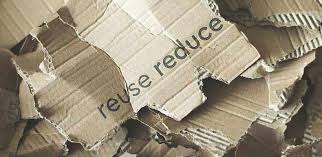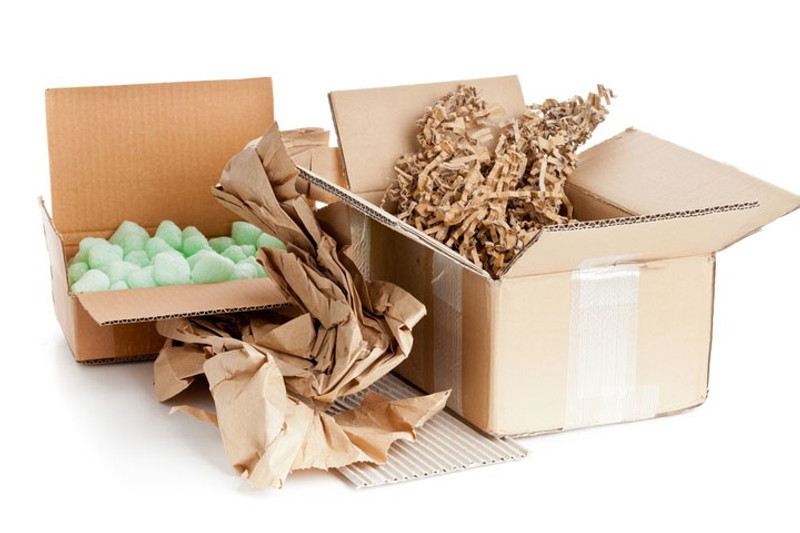Posted by Mike Cunningham on Apr 19th 2024
Defining Sustainable Packaging.
What does sustainable packaging mean? It is packaging that considers sustainability and minimizes environmental impact throughout its lifecycle.
For packaging to be considered sustainable, the design, manufacturing, use and disposal or repurposing of the packaging must consider everything from the raw materials it is made from through to the carbon emissions associated with the packaging and even how it is handled.
If you are wondering if the packaging, you are considering is environmentally friendly, it is worth noting these characteristics:
Material used: Packaging that is sustainable often centers around renewable and recyclable materials like paper, cardboard, and bioplastics. Eco-friendly materials are characterized by being responsibly sourced and having a lower carbon footprint.
Waste reduction: Packaging that can be easily recycled or composted and optimizing packaging design to reduce excess material usage will make it even more sustainable.
Energy and fuel efficiency: Packaging that is manufactured using energy-efficient processes and technologies to minimize greenhouse gas emissions. Plus, optimized packaging designs that minimize pack size and weight can maximize efficiency while minimizing fuel consumption.
Extended product lifecycle: More sustainable packaging will have a longer life cycle. Reuse and recycling of packaging materials is a crucial part of this.

Common Sustainable Packaging Materials: To start using sustainable packaging, you can choose from materials like recycled paper, compostable options, and bio-based plastics. Let us delve into some of the common materials used in sustainable packaging and the advantages they offer.
Recycled paper and cardboard made from recycled post-consumer waste, recycled paper and cardboard help conserve natural resources and reduce landfill waste. Recycled content materials also create fewer carbon emissions too.
Bio-based plastics: the right bioplastic can be a good sustainable packaging choice. To be as eco-friendly as possible you need to choose a bioplastic that is made from a biomass like starch, vegetable oil or sugar cane that can biodegrade. They are ideal for single-use items like packaging films and bags.
Reusable packaging: Reusable packaging aims to cut waste by designing products that can be used multiple times. Reusable packaging can be made with many materials including aluminum, wood, and plastic.
Compostable materials: compostable materials break down into nutrient-rich compost when disposed of in the right conditions. They are typically made from renewable resources like plant fibers or starches. These materials are suitable for food packaging, disposable cutlery, and other single-use items. It is worth noting that not all compostable packaging materials are equal. They need to meet certain requirements to be classed as home compostable.
By using sustainable packaging materials, businesses can demonstrate their commitment to environmental responsibility. These materials offer advantages such as reduced carbon footprint, resource conservation, and improved brand image.
Key advantages include:
-Minimizing your carbon emissions.
-Reducing packaging waste.
-Reducing overall packaging costs and mitigating associated packaging levies.
-Improving your brand image with eco-conscious consumers.
-In summary, sustainable packaging can play an integral role in your sustainability strategy.
At Quick Pak Inc, we understand the significance of sustainable packaging for businesses. We offer a wide range of eco-friendly packaging solutions that can help you achieve your sustainability goals. From recycled cardboard boxes to compostable packaging materials, we have options to suit your specific needs.
Contact us today at 813 242 6995 or sales@quickpakinc.com to learn more about our sustainable packaging solutions and how they can benefit your business.

